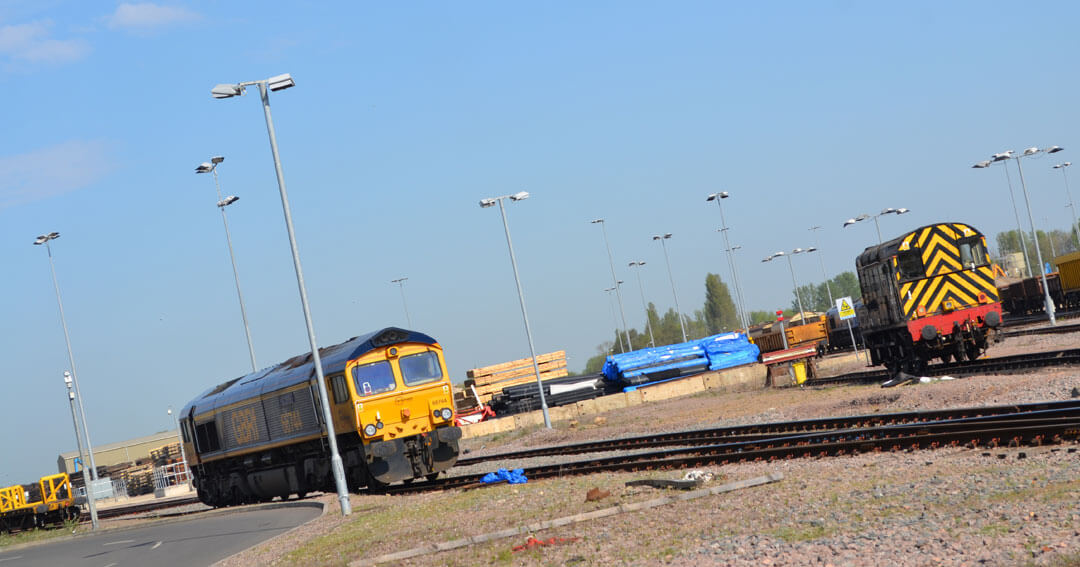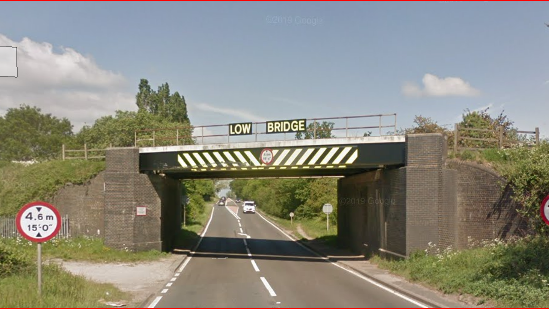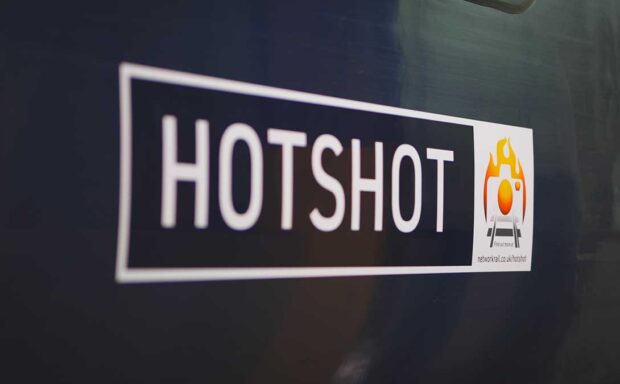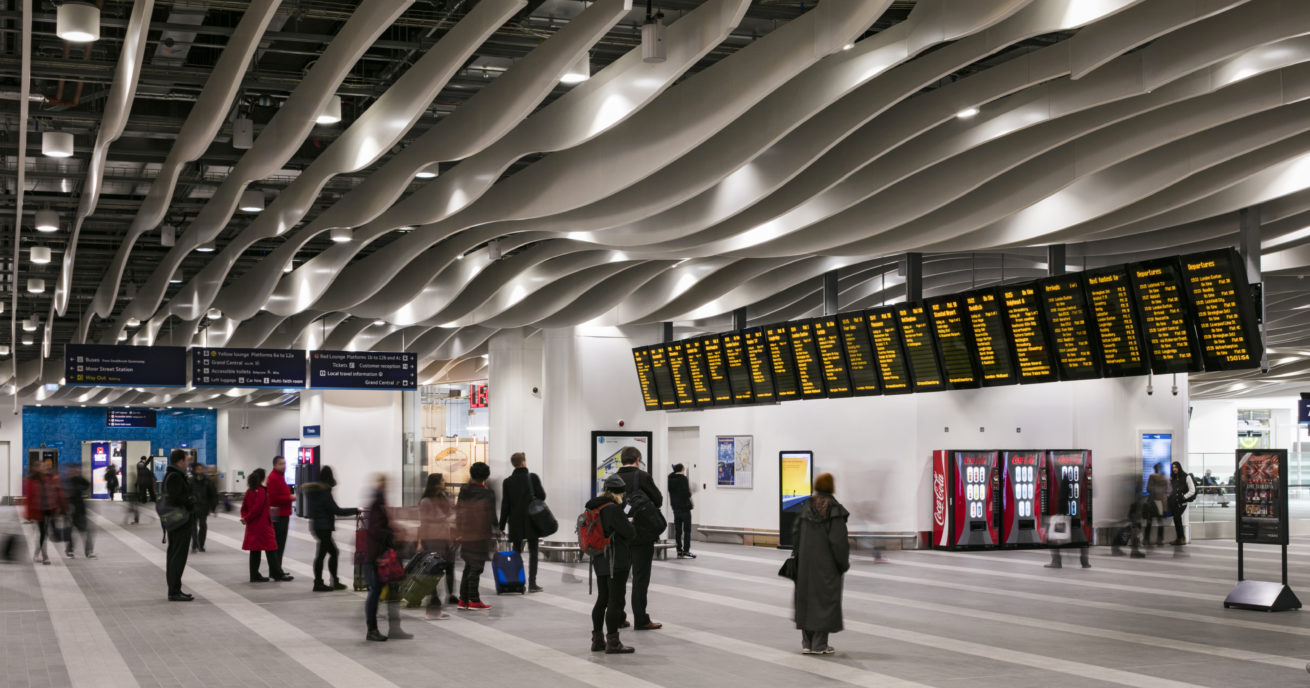We reduce, re-use and recycle. In fact, we divert more than 90% of our waste from landfill. But how?
Whitemoor is where we collect waste from all over Britain so we can reuse it to maintain and develop the railway.
There are eight material recovery specialists across the railway. They work with contractors and delivery units (local work teams) in their route to remove scrap materials from work sites nationwide to Whitemoor or one of the other materials handling depots.
Planning in advance means we can collect the materials as they’re removed during a project.
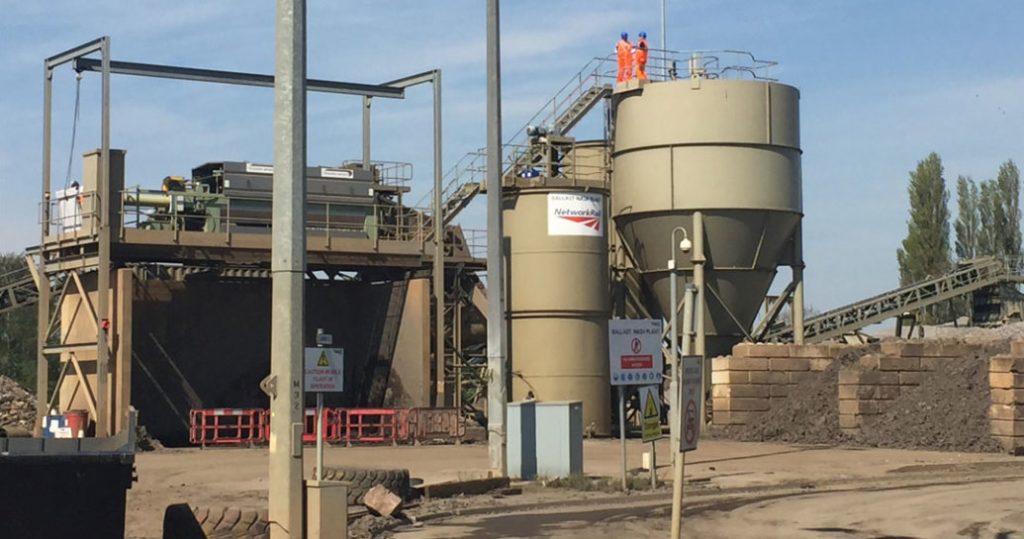
How do the recovered railway materials get to Whitemoor?
Every day, there are deliveries of track panels, sleepers, rails, small steel components and switches and crossings units to Whitemoor. Typically, there are 40 to 50 wagons loaded with materials arrive each week. But sometimes this can reach 90 to 100.
We grade and sort the materials into what we can reuse and what we can sell to approved external dealers. For example, the construction industry buys lots of our building materials, or our aggregates.
A dedicated team at Network Rail co-ordinates the sale and reuse of any redundant railway assets, ensuring all sales are logged, measured and controlled.
Ballast – the stones beneath the track – is removed from the railway, from conventional work sites and by our High Output Ballast Cleaner Systems. These high-tech machines travel along the railway at night removing dirty, worn ballast and replacing it with clean, more angular pieces. The dirty ballast is taken to a High Output Operations Base, and from here it’s delivered to Whitemoor by rail.
Click here to read more about what happens at Whitemoor.
Read more:
Recycling recovered railway materials at our Whitemoor facility
